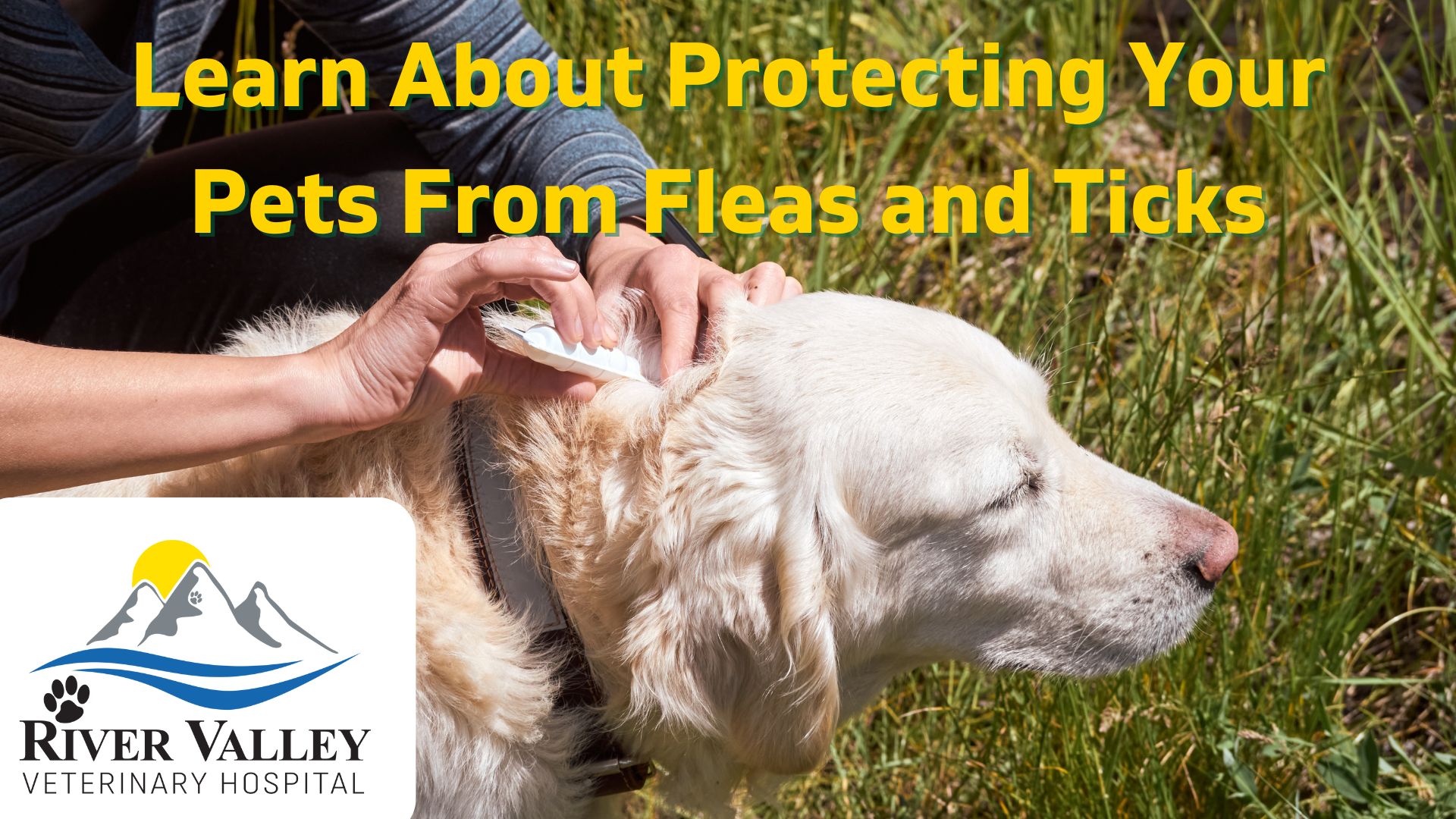
Learn About Protecting Your Pets From Fleas and Ticks: Advice from an Expert Veterinarian in Fox Chapel
Hello, Pittsburgh pet parents, it’s almost that time again…fleas and ticks season! As a veterinarian who was born and raised and continues to reside just outside the charming area of Oakmont, Pennsylvania, I’ve seen my fair share of pets brought into my clinic scratching, itching, and in distress. The culprits? Often, they’re fleas and ticks, those tiny nuisances that can cause big problems for our beloved pets. Since this season is on our doorstep, I want to share some wisdom on keeping these pests at bay, so your pets can enjoy happy, healthy lives. Not to mention, you as the human cohabitants need not suffer either.
In our beautiful corner of the world, wildlife is abundant. While the sight of deer meandering through the yard or rabbits hopping by can be delightful, they’re also prime carriers of fleas and ticks. I remember a case where a family’s dog, Wilson, became infested after a family camping trip. It turned out, he had a run-in with a raccoon near their campsite. It’s a vivid reminder that our pets’ interactions with wildlife can be an open invitation for fleas and ticks to hitch a ride into our homes.
Health Conditions Caused by Fleas and Ticks in Oakmont, PA
Fleas and ticks are not just a nuisance; they’re health risks. The initial signs of infestation are often scratching and discomfort. However, things can escalate pretty quickly. I’ve treated pets for severe skin infections and even anemia—a result of these parasites feasting on their blood. Remember, it’s not just about discomfort; it’s a serious health issue.
Recognizing Infestations in the Home
Many people don’t realize they have a flea problem until they start noticing bites on their own legs. It’s a red flag that immediate attention and action is needed. I recall a family who came in puzzled by the small red dots appearing on their ankles. A quick inspection of their pet revealed the culprit: a flea infestation. It’s a common tale with a simple moral—keep an eye out for the signs, not just on your pets but also on you.
Preventative Measures, Products and Veterinary Medicine
Prevention is key. There’s a wide array of products out there, from topical solutions to chewable tablets. But, as I often tell my clients, it’s crucial to pick the right one. Each pet is unique, and what works for one may not work for another. Plus, using canine medical products on felines can be dangerous. Always check with your vet first by having an exam done.
The Dangers of Misuse of Preventative Medical Products
An important anecdote comes to mind. A client once used a dog-specific flea product on their cat, leading to a severe reaction. It was a scary situation that highlighted the importance of reading labels and knowing that what’s safe for one species might not be for another. Always ensure the product matches your pet’s species and size. The prescription is based on your pet’s specific profile.
Regular Checks and the Importance of Vigilance
Even with preventative measures, it’s wise to check your pets regularly. Ticks can be sneaky, and not all products work 100% of the time. We encourage you to do a thorough check after a day out, especially in wooded areas. It can be a game-changer. I’ve found ticks on pets that were supposedly protected; it’s always better to be safe than sorry.
Lyme Disease and Its Impact
Lyme disease is a serious concern here, with deer ticks being the primary vector. It’s painful for dogs and cats (although it is rare in cats), affecting their joints and, in severe cases, their kidneys. Early detection and treatment are crucial. Lyme disease is a stark reminder of why tick prevention is so vital, not just for your pet’s comfort but for their overall health.
Routine Veterinary Checks for Fleas and Ticks
Regular visits to your vet (yours truly, in Springdale) should always include a check for fleas and ticks. We do this as part of our routine examinations, especially during the high-risk seasons of spring and fall. These checks can be a lifesaver, catching infestations early before they become a bigger problem. We truly find joy and fulfillment in providing care for dogs and cats.
Flea Life Cycle and Home Infestation Risks
Understanding the flea life cycle is crucial. From eggs to larvae to adults, fleas can rapidly turn into a full-blown infestation. I often share a story about a client who discovered flea larvae in their pet’s bed. It was a wake-up call about how quickly a few fleas can turn into an overwhelming problem, stressing the importance of regular treatment and housekeeping.
Final Thoughts from the Veterinarian
Protecting your pets from fleas and ticks is an ongoing battle, but it’s one we can win with vigilance, the right products, and a little help from your friendly neighbourhood River Valley family vet. Remember, if you’re ever in doubt, or if you find an unwelcome guest on your pet that you can’t identify, give us a call at River Valley Veterinary Hospital. We will give you our recommendation. We’re here to help keep your furry family members safe, healthy, and happy. See you at the next check-up, and here’s to a flea and tick-free season in Springdale!
